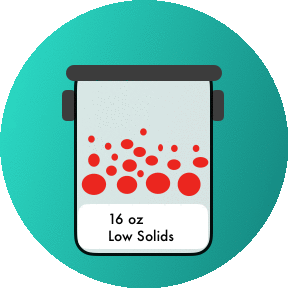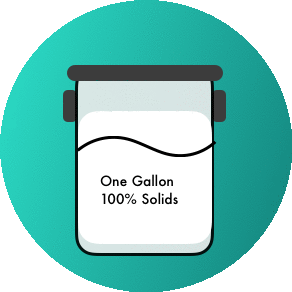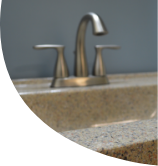3 Resurfacing Myths (Debunked)!
When we set out in 2009 to start Custom Tub and Tile we had one simple mission in mind: to do better. Better materials, a better process, better everything. We knew that the consumer deserved far better than the industry standards at the time and our goal was to surpass our competitors in both customer service and overall finished product. It sounds easy but little did we know in addition to battling our competitors we would have to fight an invisible war against disinformation.
What is that you might ask? Well, misinformation is the the spread of information that is unintentionally false. Whereas, disinformation is the deliberate spread of false information in an effort to deceive. When it comes to bathroom refinishing there seems to be a lot of wrong information being passed around. Some of which, is in a calculated attempt to drive prices down. But regardless of the circumstances, don’t believe what you may have heard because it’s time someone shed some light on these common untruths to make you question everything you (think you) know about refinishing.
MYTH #1: 9 times out of 10 the resident is to blame for peeling tubs
Now this is the mother of all myths, The Mecca if you will. Without fail, whenever we encounter a peeling tub the general consensus from the property is that the damage was caused by the resident. Sure, they may be an easy scapegoat but let’s pump the breaks and analyze the situation before holding their deposit hostage. Now let’s get one thing straight: there are no cleaning products on the market that will cause a coating to fail. That’s right. Use of bleach or unapproved cleaners will not cause the coating to lift. If anything it will stain the coating; much like an orange bleach stain on your favorite white t-shirt. Typically, peeling tubs are actually caused by bonding issues due to inadequate prep work. Don’t get us wrong, there are still some things a resident can do to cause the coating the fail; suction cup bathmats for instance. But that is more obvious damage with the coating being pulled up in uniform rows that do not happen naturally with coating failure caused by inadequate bonding. So to recap, tubs that are peeling in random spots around the tub are a reflection of poor workmanship. Which brings us to our next myth.
MYTH #2: The amount of material used on a single tub resurface
When asked, most property managers or maintenance staff members who are familiar with tub resurfacing, will say that they believe up to half a gallon of material is being used on their tubs (per tub resurface). Which sadly isn’t true. In actuality most resurfacing companies are really only using one quart per tub resurface; and to add insult to injury, most refinishing coatings contain about 50% solvents. This means two important things…the first being that with the solvents are diluting the coating and essentially thinning it out, and the second being that half of the quart that was just applied will evaporate into thin air during the curing process. Knowing that, it is no wonder the tubs are peeling, chipping, and flaking in less than a year. But why should you care? Well, the coating’s thickness is a factor in whether or not the surface will stand the test of time. Secondly, the solvents that are being released into the air are what is causing that annoying odor you typically associate with refinishing. That means you are paying for the same smelly tubs to be resurfaced every year. There has to be a better way!

Ask your refinishing professional what types of products they are using. You could be paying for a coating that evaporates and creates smelly fumes. Our PureCoat casting service is unique in the way that is has no solvents or odor. And the gallon of material that is used on applied to the tub stays on the tub. What you see is what you get!

MYTH #3: All materials & processes are created equal
Protecting yourself and your residents starts with you! Every refinishing company has a different process and uses different materials. Some materials are volatile and require certain safety precautions to keep the technicians and anyone nearby safe from harm. Always ask if your resurfacing professional is using products that contain methylene chloride or isocyanates as they are dangerous and have been linked to several deaths over the years. The EPA is even working to ban methylene chloride due to its dangerous nature. So don’t make the mistake of believing that everyone is using the same materials to resurface, even if their pricing is similar. Ask your refinisher for their SDS sheets, you’ll be able to see if any harmful chemicals are being used on your property.


